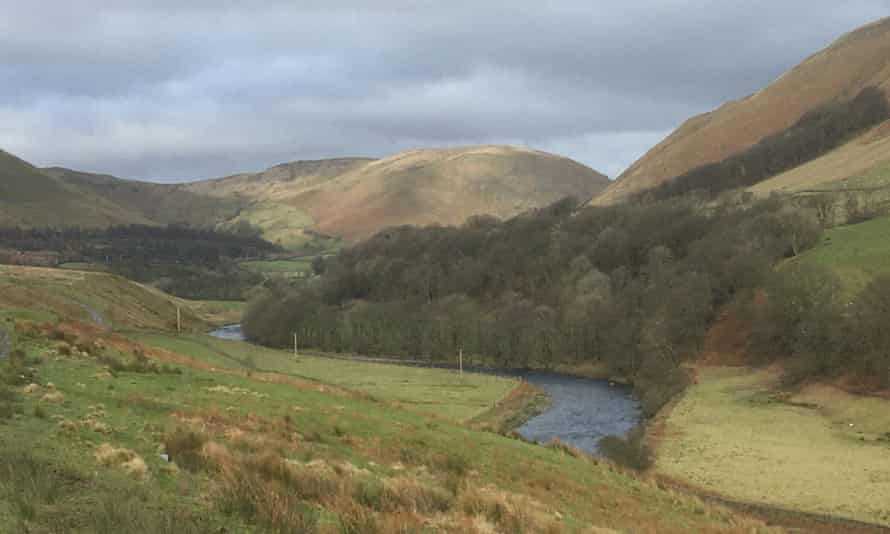It is three-and-a-half miles from one end of the farm to the other, and shortly before lambing, we must walk the pregnant sheep home. Since December, the ewes have been grazing down in the lush green pastures surrounding Low Park Farm, which was abandoned 50 years ago when the previous occupants emigrated to the US.
The field systems and the walled garden still survive at Low Park, but the farmhouse has collapsed. Now only rough fell sheep live there, among the ruins. My son lets out a long cry of “Come on” and the sheep slowly turn to face north and head for home – Low Borrowbridge Farm. Most have been here all their lives. They know the routine. They are heavy and will tire on the walk, just one week out from lambing. So we walk slowly, if purposefully, home.

The fields around our farmhouse have been rested for several months and the grass is growing. This grass will enable the yows to make all the milk their lambs will need in the first week of their life, before the return journey.
For the first half of the walk we cannot see home. But there’s a moment where the horizon creeps above the yows’ heads and the farmstead appears, nearly two miles away. As we approach the brow of the hill, the farm spreads like a panorama beneath us. There is a gate here that used to mark the boundary between farms. We all pause for a rest. I call this gate “Rest and Be Thankful” after the Scottish beauty spot.
My son and I look across the view. We can see our neighbour on the Howgill Fells, gathering his sheep on his quad bike. Family farms all over the Howgills are divided by miles of moorland, but united in a common purpose: getting ready for lambing.
I am thankful that despite the political uncertainty about the future of small family farms we are still here lambing this year. I am thankful that my son is here, taking on the farm for the next generation. But above all, I am thankful that the sheep look well and the weather looks settled before they lamb.
We set off again: two people, one dog and several hundred sheep moving slowly en masse across the landscape.